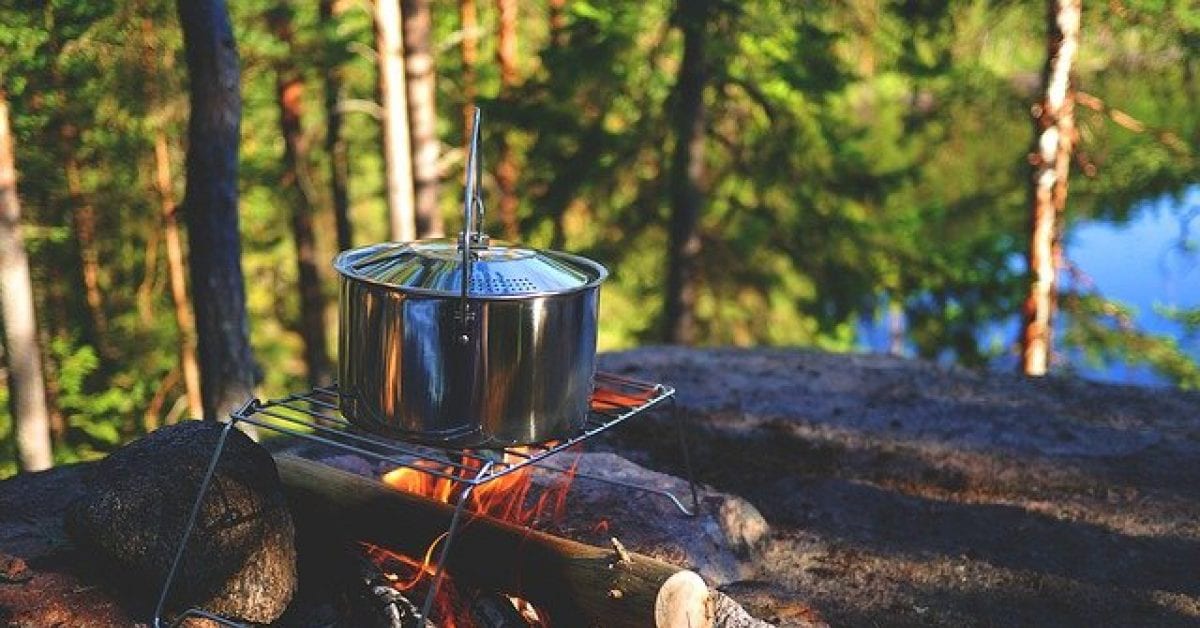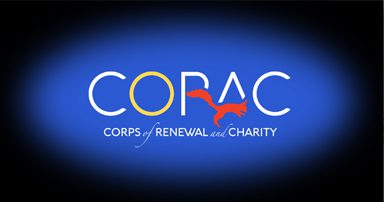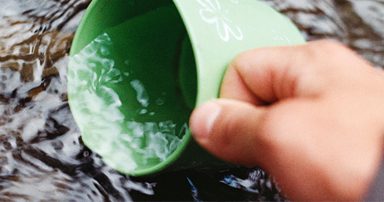Learning how to survive in an emergency situation is important for everyone. Although wilderness-based survival situations are most common, survival situations can occur in urban and rural environments, too. The following hierarchy of needs will help participants learn about the definition of a survival situation and what basic needs must be met to ensure survival.
1. Positive Mental Attitude
Keep your cool, because panic never helps. Your brain is your best tool to take stock of the available resources and for coming up with a plan to provide for your needs. Panic can lead to making irrational, counter-productive decisions that actually make the situation worse, not better.
Action timetable: as little as 3 seconds.
2. Air/Oxygen
We often take it for granted, but in a choking, toxic fume situation or drowning it becomes critical to maintain an adequate supply of oxygen to the brain.
Action timetable: 3 minutes. After that, brain cells begin to die.
3. Shelter
A shelter is used to conserve the heat your body already has. Clothing is considered shelter because it traps a layer of warm air and holds it next to your body. Shelters do not add heat. Fires or electric blankets may add heat. Would you be warmer standing outside in winter in a swimsuit next to a fire, or in a parka and snowpants with no fire? The best way to keep warm is to keep from losing heat.
Action timetable: 3 hours. If you are wet and exposed to wind and/or cold temperatures, failure to seek shelter can lead to fatal hypothermia. Keeping yourself dry and out of the wind are the two most important assets of any shelter.
4. Warmth
If you are in an extended survival situation that may last for days, shelter alone may not be enough to prevent frostbite and/or hypothermia. Warmth can be added through building a fire or drinking hot liquids. Physical activity of any kind will increase blood flow and raise body temperature. The body heat from a warm person can be used to add heat to a cold person.
Action timetable: 3 hours – 3 days. The length of time varies, depending upon your conditions.
5. Rest/Sleep
Any physical activity will burn calories – energy that cannot be used later. Resting will conserve calories so that they may be burned slowly for warmth over time. Before any activity, make sure to weigh the benefits and costs, especially if you have no food to give yourself more energy.
Action timetable: 1 – 3 days. Variable, depending upon conditions. About 24 hours without sleep or rest will lead to fuzzy thinking and bad decision making for most people.
6. Water
It is possible to survive a full three days without water, but as the body dehydrates it begins to function less efficiently. Water loss can occur through breathing, sweating, and evaporation.
Action timetable: 3 days. Especially in winter, people forget to drink because they are not hot. Drink even before you are thirsty! Thirst is a warning signal telling you that you are already dehydrated. If snow is the only source of water, melt it first so you do not cool your body temperature by eating snow.
7. Food
In most survival situations, food is not a top priority. However, food helps your body stay warm by adding calories to burn and raising body temperature by activating your metabolism.
Action timetable: 3 weeks. Without food, your body will burn fat reserves as fuel. After fat reserves are used up, the body will begin to metabolize protein, burning muscle as a food source.





















0 Comments